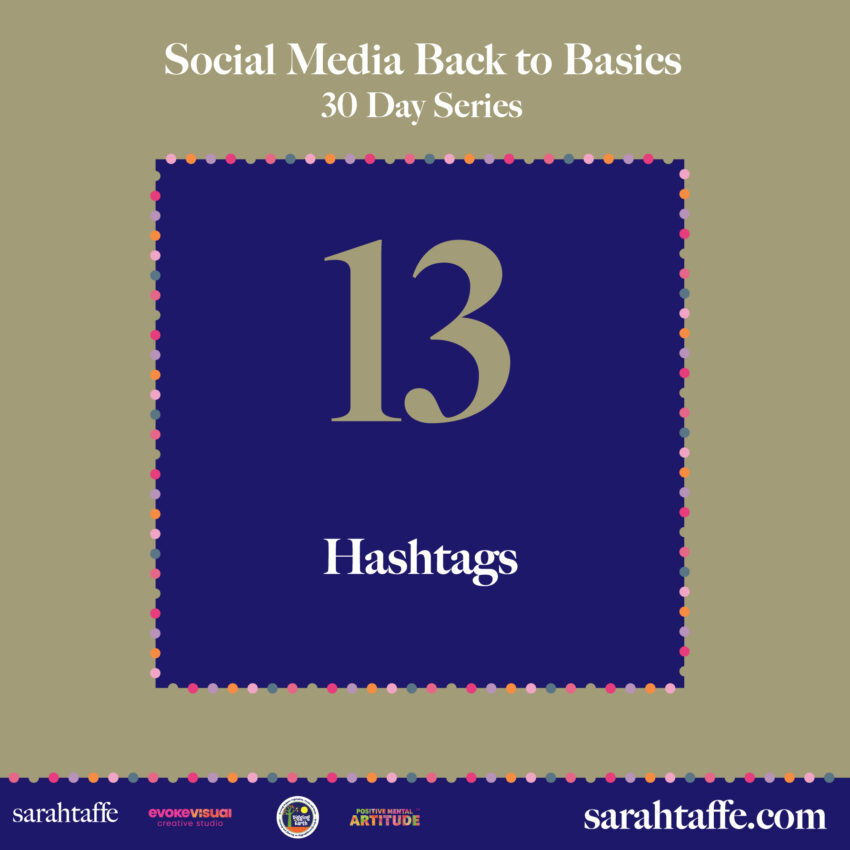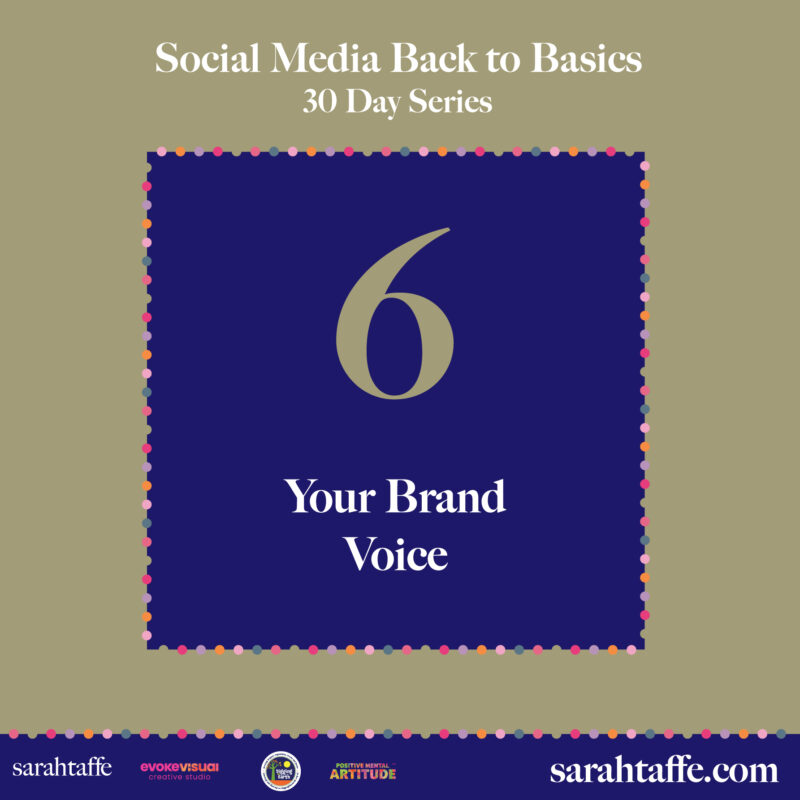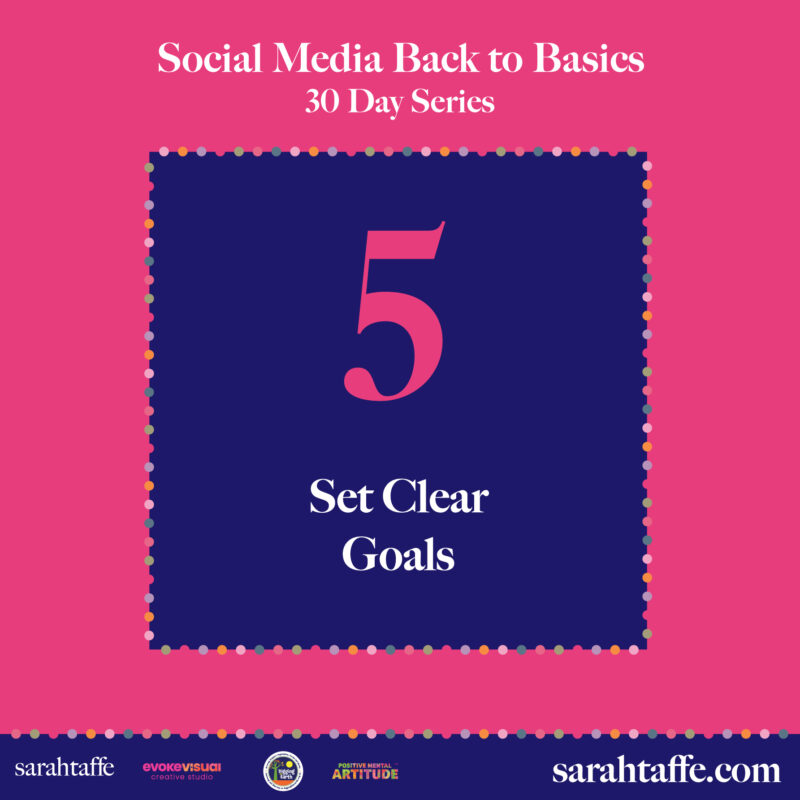Part 13 – Social Media Back to Basics Series.
Hashtags might seem like a throwaway part of social media, but used well, they can make a real difference to your visibility and reach.
A hashtag is essentially a label. It helps people discover content they’re interested in and allows platforms to categorise your posts. When someone searches or follows a hashtag, your post could appear in their feed – even if they don’t follow you.
That means hashtags are a useful tool for getting your content in front of new eyes.
Here’s how to use them effectively:
Use a mix of hashtags:
- Niche-specific: hashtags that relate to your industry, audience, or service (e.g. #graphicdesigneruk, #ethicalclothingbrand)
- Local: if you’re a local business, use location-based tags (e.g. #DerbyshireMakers, #ShopSmallUK)
- Branded: create your own hashtag to group your content or let followers tag you (e.g. #EvokeVisualTips)
- Descriptive: include what’s actually in the post (e.g. #socialmediatips, #flatlayphotography)
Avoid:
- Generic hashtags with millions of uses (e.g. #love, #instagood) – your post will disappear in seconds
- Using the exact same set of hashtags every time – platforms can see this as spammy
- Overloading your caption – space them out or put them in the first comment if needed
Instagram allows up to 30 hashtags, but using 10-15 relevant ones tends to work best. Other platforms like LinkedIn or Facebook don’t rely on hashtags as heavily, so use fewer and more targeted ones there.
Do some research on what your ideal audience or competitors are using, and save a few lists to rotate through depending on the post. Hashtags aren’t everything, but they’re a useful piece of the puzzle – especially when you’re trying to grow.
If you’d like help choosing hashtags that match your content and attract the right audience,please get in touch.
Sarah Taffe
Freelance designer, artist and writer.



